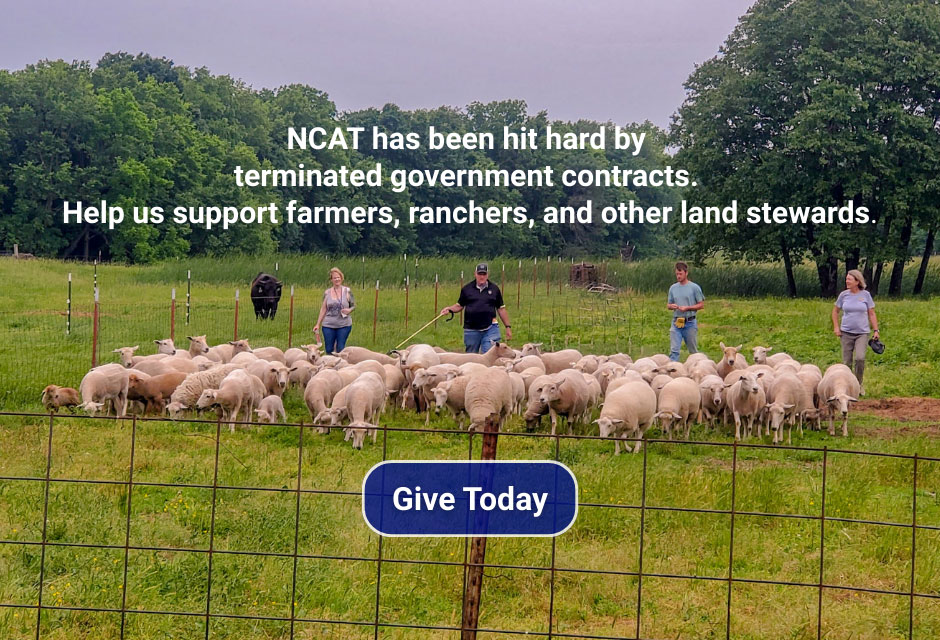Updated “Farmers’ Guide to the Emergency Conservation Program” Available
Farmers’ Legal Action Group (FLAG) announced that it has published a second edition of the Farmers’ Guide to the Emergency Conservation Program. This a USDA conservation-related disaster program run by […]

